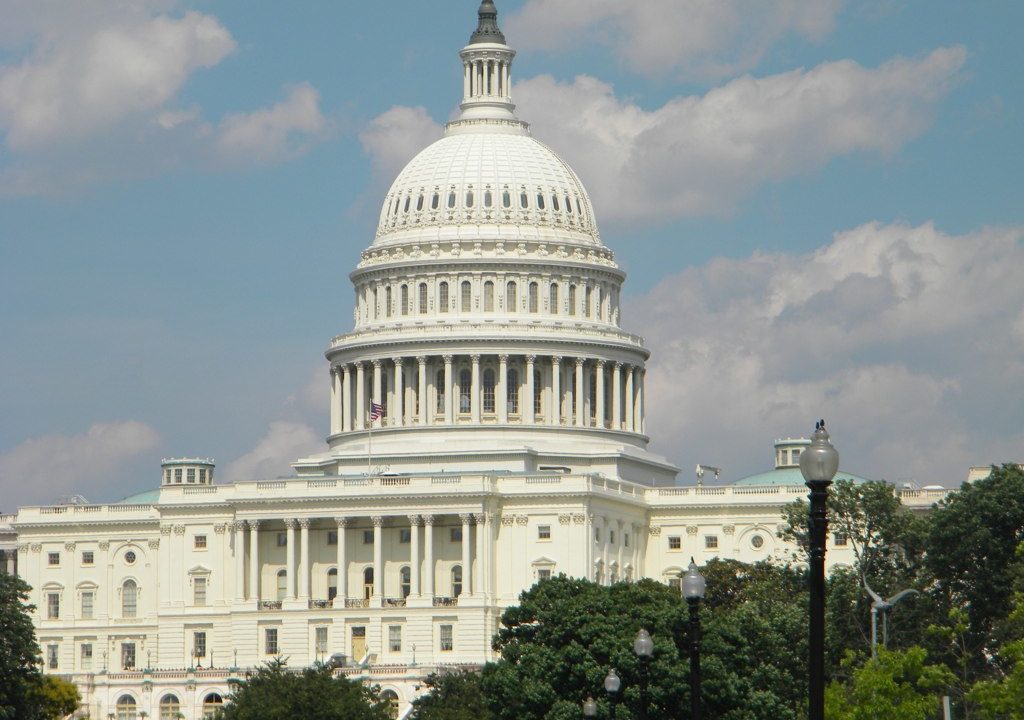
Symmetrical Municipal Broadband is Not What Small Business Needs
The U.S. House of Representatives Committee on Small Business held a hearing entitled “Supporting Small Entities through investments in the National Infrastructure: Broadband.” This hearing provided an opportunity for members and special interest alike to repeat the fruitless goals of the Biden Broadband Bust from arbitrary symmetrical speed requirements to touting the “success” of municipal broadband.
During the hearing, the witnesses called for broadband that is “futureproof” and has “symmetrical upload and download speeds”. What was unique about this hearing was that the witnesses were forthright the fact that this approach would mean a fiber-only approach to broadband. Necessitating symmetrical upload and download speeds is not grounded in reality or in any evidence surrounding consumer behavior. For decades consumers downloaded way more than they have uploaded. The differential in usage has grown 3:1 to 14:1. Even during the pandemic when millions of Americans were working, learning, and receiving healthcare from home, upload usage came nowhere close to download usage. The predictions made by the witnesses that somehow, we will begin to upload as much as we download does not hold weight.
Municipal broadband was also frequently mentioned, but the extensive failures of these kinds of networks were not acknowledged by witnesses. Witness Dan Sullivan, President of the Downeast Broadband Utility in Maine, highlighted the expected success of his own upcoming municipal broadband network. However, Mr. Sullivan’s network doesn’t even provide internet access, they built “dark fiber” infrastructure that private ISP’s can chose to use if they want. This is the major mistake around municipal broadband that often results in over building. Muni networks build middle mile fiber, which private networks already operate. The digital divide exists in the last mile the connections from the backbone networks to individual homes. Most middle mile networks end up trying to compete with the private sector, and can’t, so taxpayers are stuck footing the bill whether they are subscribers or not – whether that last mile came to connect them to the internet or not.
There is voluminous evidence that municipal broadband does not increase adoption or generate profit. The Biden Broadband plan specifically preferences municipal broadband over private investment. A big mistake.
Multiple members, including Rep. Pete Stauber (R-MN) and Rep. James Hagedorn (R-MN) of the Committee raised the valid point that such a proposal will kick rural Americans to the back seat. Eighteen states have restrictions on municipal broadband, and by prioritizing municipal broadband they are willfully ignoring the Americans in those states. Rural Americans deserve an equal and fair footing with the rest of America in any government programs to close the digital divide.
Finally, members on both sides of the aisle were guilty of comparing the closure of the digital divide to the rural electrification efforts of the new deal. This is a cheap comparison. They are not the same. Electrical infrastructure can last 10 times longer than broadband infrastructure. And that infrastructure to support electricity is much cheaper than its internet counterparts. Finally, broadband can be delivered in a variety of different ways while electricity can not.
Closing the digital divide is an issue of our time. And it is vital that we solve it once and for all. But Congress must resist the temptation to throw billions of dollars at the problem because it has been done before and it has failed.
You can watch the hearing in full HERE on YouTube.
Photo Credit: Tim Mossholder